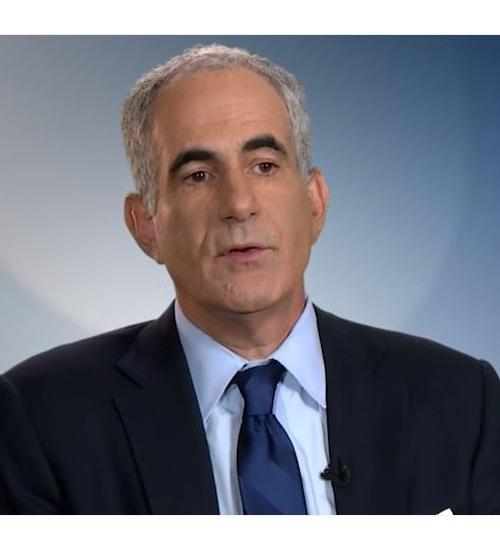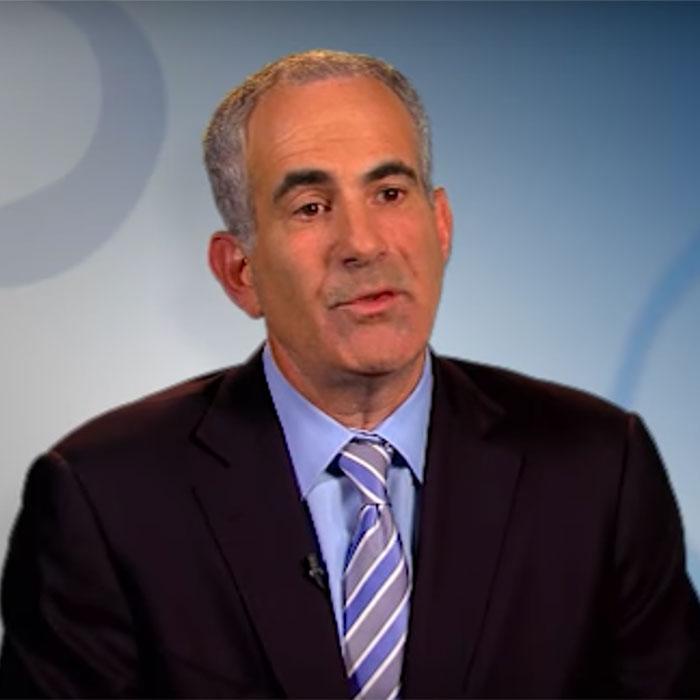NIKKI THOMASON
Santa Rosa, CA
My life has been transformed in many ways since I was diagnosed with Lymphomatoid Papulosis (LyP) over 19 years ago, and the changes have all been positive. These include increased self-confidence, new friendships, and fulfillment from helping others – all due to life’s unexpected twists and turns after acquiring a rare disease.
Lymphomatoid papulosis (LyP) is a disease of the immune system that presents with self-healing small bumps and spots on the skin that come and go. It can be persistent, with frequent, recurring eruptions, or it can disappear for an extended period before showing up again. Patients often report stress triggers breakouts.
Lymphomatoid papulosis belongs to a family of conditions called primary cutaneous CD30-positive lymphoproliferative disorders (pcCD30+LPD). The name “lymphoproliferative disorder” is used to define a broad range of diseases of the immune system that share a common biology (in this case CD30-positive T-cells). The family of pcCD30+LPD includes diseases that are not cancerous and true lymphomas. LyP is usually classified as non-malignant or may be a precursor to CTCL, as it can present in association with malignant pcCD30+LPD. Some experts may treat this as a very low-grade form of CTCL.
The cause of LyP is not known. LyP is not contagious. There is no supportive research indicating that this is a genetic or hereditary disease. No single factor has been proven to cause this disease.
What is follicular lymphomatoid papulosis? We've asked an expert clinician some basic questions about this LyP variant:
EXPERT PRESENTER
Stuart Lessin, MD, Medical Director, KGL Skin Study Center (At time of publication: Dermatologist, Bryn Mawr Skin & Cancer Institute)
LyP is characterized by pink or red-brown bumps that may ulcerate, and can affect any area of the body, often presenting in groups or clustered. LyP lesions typically heal with scaling and crusting, and in some instances, scarring. Lesions usually heal over 2-3 weeks but may take longer than 8 weeks. The number of lesions can vary from each outbreak, and can vary in size and severity with each onset. Lesions may be asymptomatic or can be itchy or painful.
HOW COMMON IS LYMPHOMATOID PAPULOSIS?
Lymphomatoid papulosis is a one-in-a-million disease, with only 1.2-1.9 cases per 1 million people. LyP onset can happen at any time in life – from early childhood to middle age, and affects all genders equally. Darker-skinned individuals seem less affected than other racial groups.
EXPERT PRESENTERS:
Stuart Lessin, MD, Medical Director, KGL Skin Study Center, Broomall, PA
Pierluigi Porcu, MD, Director, Hematologic Malignancies and Hematopoietic Stem Cell Transplantation Division, Sidney Kimmel Cancer Center, Thomas Jefferson University Hospital (At time of publication: Associate Professor of Internal Medicine, Division of Hematology-Oncology, Ohio State University Comprehensive Cancer Center)
Larisa Geskin, MD, Director, Cutaneous Oncology, Columbia University Medical Center (At time of publication: Associate Professor of Dermatology, University of Pittsburgh)
The good news is that, in nearly all cases, LyP is a skin-limited disease that does not affect a patient’s overall health. There is no known cure, but there are many treatments for living with the disease. Some cases resolve spontaneously.
Although LyP has an excellent prognosis, 10-25 percent of patients with LyP may be diagnosed with a second or associated T-cell lymphoma. Examples of this second lymphoma include mycosis fungoides (MF), cutaneous anaplastic large cell lymphoma (ALCL), or even systemic (internal) lymphomas.
Facebook Live Event: Lymphomatoid Papulosis (LyP) - Dr. Jennifer Villasenor-Park (Penn Dermatology) presents on what LyP is and how its treated. She also responds to viewer questions related to lymphomatoid papulosis.
2021 Virtual Conference: LyP and PCALCL - Dr. Farah Abdulla provides an overview of CD30+ Lymphoproliferative disorders, including lymphomatoid papulosis (LyP) and primary cutaneous anaplastic large cell lymphoma (PCALCL).


